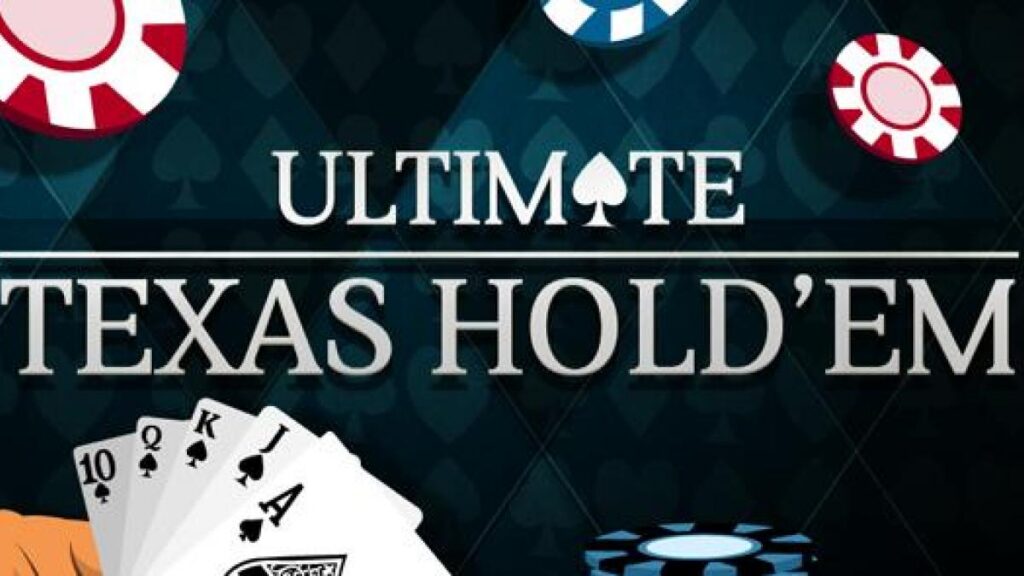
In the high-stakes realm of Texas Hold’em 홀덤사이트, mastering the skill of deciphering your opponents’ tells can offer a substantial advantage. Tells are unconscious behaviors or actions displayed by players, offering insights into the strength of their hand. As experienced players understand, these signals may be discreet yet invaluable if decoded accurately. Within this comprehensive guide, we explore the clandestine techniques of reading Texas Hold’em, equipping you with the ability to elevate your gameplay and dominate the table.
Understanding the Basics of Tells
Tells manifest in diverse forms, spanning from physical gestures to verbal cues. They typically emerge involuntarily in moments of stress, excitement, or attempts at deception by players. Through consistent and precise observation of these cues, players can glean valuable insights into the probable hands of their opponents.
Common Types of Tells
- Physical Tells
- Hand Gestures: Nervous tapping, shaking hands, or repetitive movements.
- Facial Expressions: Micro-expressions like eye movements, lip biting, or eyebrow raises.
- Posture Changes: Sudden shifts, leaning forward or backward.
- Verbal Tells
- Speech Patterns: Changes in tone, speed of speech, or specific phrases.
- Breathing Patterns: Noticeable sighs, heavy breathing, or abrupt pauses.
- Use of Language: Unusual emphasis on certain words or topics.
- Betting Patterns
- Timing of Bets: Quick calls or delays in decision-making.
- Bet Sizing: Over-betting or under-betting compared to the pot.
- Frequency of Raises: Aggressive versus passive betting strategies.
Importance of Context
Interpreting tells requires context and careful observation over time. A single gesture or phrase may not provide conclusive evidence but can contribute to a broader understanding when consistently observed in specific situations.
Advanced Techniques in Tell Detection
Seasoned players employ advanced techniques to enhance their tell-reading skills, leveraging psychological insights and strategic observation. Here are some effective methods:
Establishing Baselines
- Initial Observations: Observe each player at the beginning of a session to establish their baseline behavior.
- Consistency: Look for deviations from this baseline during critical moments, such as before or after betting rounds.
Psychological Insight
- Emotional States: Recognize how emotions such as anxiety, confidence, or excitement manifest in physical and verbal cues.
- Deception Detection: Identify deceptive behaviors and distinguish genuine tells from deliberate actions aimed at misleading opponents.
Contextual Analysis
- Hand Strength vs. Betting Behavior: Correlate observed tells with the player’s betting patterns and hand outcomes.
- Table Dynamics: Consider the dynamics between players and how interactions influence individual behavior.
Practical Application at the Table
Mastering the art of reading takes practice and keen observation. Here’s how to apply these techniques effectively during gameplay:
Step-by-Step Process
- Observation Phase
- Pay attention to each player’s demeanor, expressions, and betting habits.
- Note any deviations from their baseline behavior in different game situations.
- Pattern Recognition
- Identify recurring tells specific to each player.
- Connect observed behaviors with the strength of their hands or their intentions.
- Testing Hypotheses
- Validate tell interpretations by testing hypotheses in subsequent hands.
- Adjust strategies based on the reliability of observed tells.
Example Scenario
Consider a player who consistently scratches their nose when holding a strong hand. By noting this behavior over multiple sessions and correlating it with subsequent showdowns, you can confidently assess their hand strength when the tell occurs.
Leveraging Technology and Resources
In the digital age, players can augment their tell-reading skills with technology and resources:
Tracking Software
- Statistical Analysis: Use software to track betting patterns and tendencies over time.
- Database Integration: Access historical data to analyze opponent behavior and detect patterns.
Educational Resources
- Books and Articles: Explore literature on poker psychology and tell detection techniques.
- Online Communities: Participate in forums or discussions to share insights and learn from experienced players.
Conclusion
Becoming adept at reading Texas Hold’em is an ongoing journey that merges observation, psychology, and strategic analysis. Sharpening your ability to detect and interpret cues can give you an edge at the poker table. Keep in mind, that every player is distinct, thus flexibility and steadfast observation are crucial for leveraging these hidden tactics effectively.
Implement these strategies consistently, and watch as your ability to read Texas Hold’em transforms your gameplay and success at the table.

